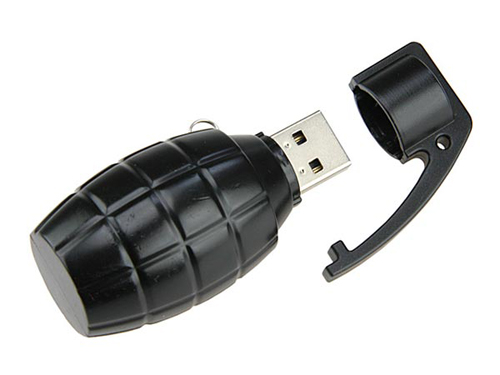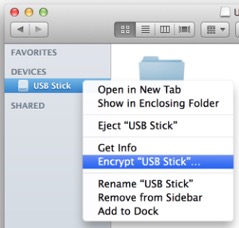
- Make auto running usb for mac install#
- Make auto running usb for mac password#
- Make auto running usb for mac iso#
- Make auto running usb for mac mac#
How do I use UNetbootin from the command line? If it still isn't showing up, use the targetdrive command line option. Reformat the USB drive as FAT32, then use UNetbootin again. My USB stick/hard drive isn't detected, what should I do? Reformat the USB drive as FAT32, then use UNetbootin again to put your distribution on the USB stick. My USB stick isn't booting, what should I do?
Make auto running usb for mac iso#
UNetbootin isn't able to download the distribution, what should I do?ĭownload the ISO straight from the website, then provide it to UNetbootin via the diskimage option. » Maybe, see Installing Other Distributions Using UNetbootin. FAQs Distribution X isn't on the list of supported distributions, will it work?

Also, ISO files for non-Linux operating systems have a different boot mechanism, so don't expect them to work either. However, not all distributions support booting from USB, and some others require extra boot options or other modifications before they can boot from USB drives, so these ISO files will not work as-is. UNetbootin doesn't use distribution-specific rules for making your live USB drive, so most Linux ISO files should load correctly using this option. Installing Other Distributions Using UNetbootinĭownload and run UNetbootin, then select the "disk image" option and supply it with an ISO (CD image). UNetbootin has built-in support for automatically downloading and loading the following distributions, though installing other distributions is also supported:
Make auto running usb for mac install#
If you used the "Hard Disk" install mode: After rebooting, select the UNetbootin entry from the Windows Boot Menu. On PCs, this usually involves pressing a button such as Esc or F12 immediately after you turn on your computer, while on Macs, you should hold the Option key before OSX boots. If you used the "USB Drive" install mode: After rebooting, boot from the USB drive. If your USB drive doesn't show up, reformat it as FAT32. Select an ISO file or a distribution to download, select a target drive (USB Drive or Hard Disk), then reboot once done. It loads distributions either by downloading a ISO (CD image) files for you, or by using an ISO file you've already downloaded. UNetbootin can create a bootable Live USB drive You can either let UNetbootin download one of the many distributions supported out-of-the-box for you, or supply your own Linux. You can now quit Terminal and eject the volume.UNetbootin allows you to create bootable Live USB drives for Ubuntu and other Linux distributions without burning a CD. When Terminal says that it's finished, the volume will have the same name as the installer you've downloaded, such as Install macOS Monterey.After the volume has been erased, you may see an alert stating that Terminal would like to access files on a removable volume.Terminal displays the progress as the volume is being erased. When prompted, type Y to confirm that you want to erase the volume, then press Return.Terminal doesn't show any characters as you type your password.
Make auto running usb for mac password#
Make auto running usb for mac mac#
* If your Mac is using macOS Sierra or earlier, include the -applicationpath argument and installer path, similar to the way this was done in the command for El Capitan. Sudo /Applications/Install\ OS\ X\ El\ Capitan.app/Contents/Resources/createinstallmedia -volume /Volumes/ MyVolume -applicationpath /Applications/Install\ OS\ X\ El\ Capitan.app Sudo /Applications/Install\ macOS\ High\ Sierra.app/Contents/Resources/createinstallmedia -volume /Volumes/ MyVolume Sudo /Applications/Install\ macOS\ Mojave.app/Contents/Resources/createinstallmedia -volume /Volumes/ MyVolume

Sudo /Applications/Install\ macOS\ Catalina.app/Contents/Resources/createinstallmedia -volume /Volumes/ MyVolume Sudo /Applications/Install\ macOS\ Big\ Sur.app/Contents/Resources/createinstallmedia -volume /Volumes/ MyVolume Sudo /Applications/Install\ macOS\ Monterey.app/Contents/Resources/createinstallmedia -volume /Volumes/ MyVolume If it has a different name, replace MyVolume in these commands with the name of your volume. These assume that the installer is in your Applications folder and MyVolume is the name of the USB flash drive or other volume you're using.



 0 kommentar(er)
0 kommentar(er)
